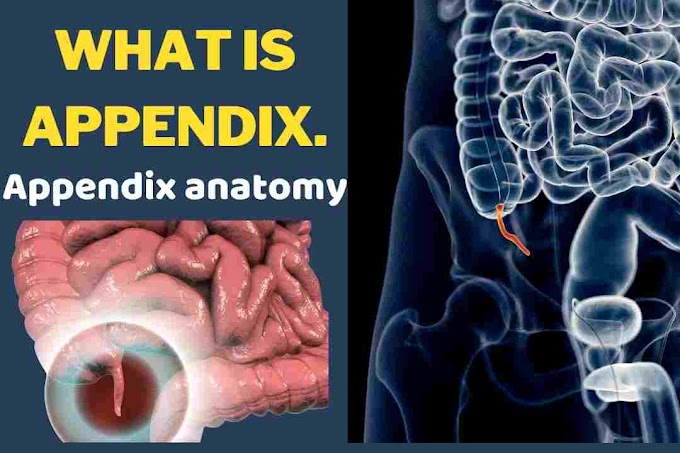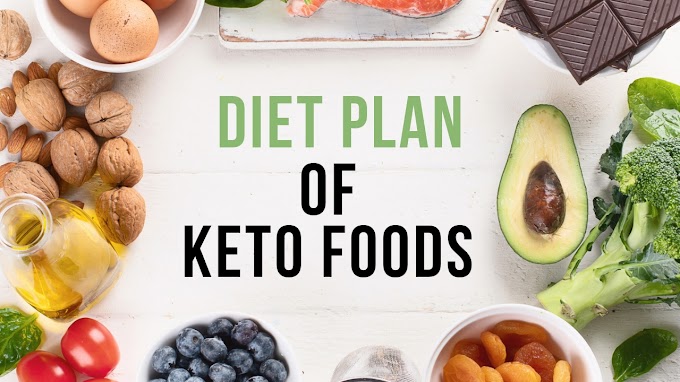In this article we are going to be talking about what you can eat on the keto diet?
What foods you can eat? how to understand macros which is the breakdown of carbohydrates protein and fat? this article is part two in a series i am running this week on my blog about how to start the keto diet? for beginners in the first episode yesterday we talked about
what the keto diet is? why it is so effective and the benefits?
So if you haven't that read make sure to check it out either before this one or after. as I mentioned yesterday the keto diet is beneficial
For a lot of people including those who want sustainable weight loss those who are diabetic pre-diabetic or insulin resistant. those who want more consistent energy throughout the day through this blog i have helped hundreds of people reach their health and fitness goals simply by tweaking their diet. but when you are first starting the keto diet. it can be pretty overwhelming trying to figure out what you can and can't eat. so in today's Article we are going to break it all down talk about what foods you can eat on the keto diet? How much fat protein and carbohydrates to eat? how to put together a keto meal without tracking?
I am super excited for this article because a lot of people when they first hear about the keto diet think it is restrictive and while it may restrict more foods than the standard American diet which literally allows you to eat anything.
The reduction in variety is well worth it for how good the keto diet makes you feel and I promise you if you follow the tips we are going to talk about today's the keto diet will not feel restrictive so we're going to start.
Today talking about macros, what they are? why they matter? what foods fall under each category? Then we will get into how to put together a keto meal without tracking?
What are macros?
If you know anyone who eats the keto diet you've probably heard them talk about their macros and wondered what they were referring to macro is short for macro nutrient?
Which refers to the three nutrients. we as humans consume in large quantities these are fat protein and carbohydrates. when someone is referring to their macros they're talking about the percentage of each that makes up their calories for the day. The average westerners macros are roughly 50 carbs, 35 percent fat, and 15 protein. The average keto diet is typically 10 carbs, 70 fat, and 20 protein .
Now let's break down the three and talk about how they tie into keto and our health protein.
Protein is the most important macro nutrient. The body uses protein to build and repair tissues as well as to make enzymes hormones and other body chemicals. protein is especially important for bones muscles ,cartilage skin, and blood. if you do not get enough protein in through diet, your body will break down your tissues to reuse them. examples of foods high in protein include beef, eggs, and fish carbohydrates.
Carbohydrates are the only non-essential macronutrient. They are the only one that we do not need to get through diet. There are essential amino acids which is protein. There are essential fatty acids which is fat. But there are no essential carbohydrates. When we eat carbohydrates, the body converts them into glucose and raises your blood sugar levels. Insulin is then released to shuttle the blood sugar to your cells so it can be used for energy when your blood sugar is always elevated. your body will use that for energy just to get it out of your bloodstream for you are constantly eating carbs throughout the day.
You will rarely be burning fat both dietary and body fat.
If you remember previously we talked about how much energy the body can store from carbs and from fat the body can only store a very limited amount of carbs for energy less than 2000 calories? But it can store so much more through fat. even someone who is lean at 15 body fat can have over 800000 calories worth of energy stored. so because we can only store a limited amount of carbohydrates for energy. if your body is relying on this fuel source, it means that you will have to constantly be eating throughout the day. in order to keep your energy up eating a diet high in carbohydrates meaning your blood sugar is always spiking and crashing. your energy levels will do the same.
The other risk here is that when we eat too many carbohydrates too frequently. our bodies can become insulin resistant. They can no longer use carbohydrates efficiently signs who are insulin resistant include having difficulty losing weight excess abdominal fat and skin tags and insulin resistance will lead to type 2 diabetes. if you do not address it thankfully the best way to counter and reverse insulin resistance is with the keto diet. so if you just realize you might be insulin resistant.
Don't sweat you're in the right place examples of foods high in carbohydrates include bread pasta and juice fat.
Fat is an alternate fuel source for the body but it has other functions as well. it is responsible for making and balancing hormones forming cell membranes and transporting fat soluble vitamins. vitamins A, D, E and K while humans can survive with no carbohydrates in their diet they cannot survive without fat. when we limit our carbohydrate intake our livers convert fatty acids into ketones. these byproducts become our body's new energy source
Under most circumstances. you need to be consuming less than 50 grams of carbohydrates per day to
Be in ketosis. examples of foods high in fat include avocados, butter, and cheese.
Macro breakdown
We briefly discussed the macro breakdown of the keto diet earlier in this article but now let's get into it further getting into. ketosis is dependent on one thing restricting carbohydrates when your body doesn't have glucose to burn it starts turning fat into ketones for energy. it is important to eat a lot of fat. fat is going to be what satiates you? and what keeps you energized? however there isn't a number you should aim for eat enough so that you are not hungry and if you are hungry eat more fat protein. It is important to keep our body functioning properly.
Not getting enough can result in symptoms such as hair loss and dry skin. you should make sure you
Are hitting your protein goal each day? in general your macros should look something like
Seventy to eighty percent fat, twenty to twenty five percent protein, and five to 10 carbohydrates.
Here's the thing i do not think that looking at macros in terms of percentages. Percentage is the best way to approach the keto diet a better way to think of it is like this protein is a goal
Carbs are a limit and fat should make up the rest.
When you're first starting a keto diet I do not think that you need to be tracking constantly in
Order to get results. tracking can become tedious so I prefer to use a hand tracking system instead
This system makes it quick and easy to put together meals and ensure you stay under your
Carbohydrate limit. so here is how to put together a keto meal without tracking?
Start with protein,
Pick at least one protein rich food from the following list beef lamb, eggs, chicken, salmon pork, tuna, sardines, mackerel, crab. you should aim to have between two to four palm sized portions of protein per day. depending on your height someone who is more petite and has a goal body weight of around 100 pounds or 45 kilos would be close to two serves. whereas someone taller and maybe
More muscular would be closer to four.
There you can add a source or sources of fat
Pick an oil or fat to cook your protein and other food with butter ghee coconut oil olive oil avocado oil tallow lard and duck fat use about one thumb size portion for cooking if
You have weight gain goals you can use more next you want to add low carb fruits and vegetables.
Some options include cauliflower broccoli lettuce,mushrooms,bell pepper, asparagus, Brussels sprouts, and strawberries.
You can include one to two fist sized servings of these with each meal.
The next step is to add additional fat.the amount of fat you add will depend on your goals someone with weight loss goals will add less fat and someone with performance goals will add more. Here are some options additional oil or a
Animal fat, butter avocado, olives, cheese, nut butter
Macadamia, nuts almonds, walnuts, coconut flakes, chia seeds, hemp seeds or sour cream add anywhere from two to seven thumb sized portions.
Again depending on your goals ideally you want to add enough fats that you are satiated after your meal. it might take a bit of practice to get the right amount but keep a mental note of how much you added each time and adjust accordingly for next time.
An example meal using this formula might look like 2 serves of salmon. one serve of olive oil, two
Serves of spinach and mashed cauliflower, and four serves of additional fat with pecans and cream.
Using this method allows you to put together a keto friendly meal without having to weigh out and track everything.
So here is end of second article. If you want to read article what is keto diet and how its works read out here.
Thanks for reading kindly share this info for others peoples to help out other.





0 Comments
Please donot enter any spam link in comment box!